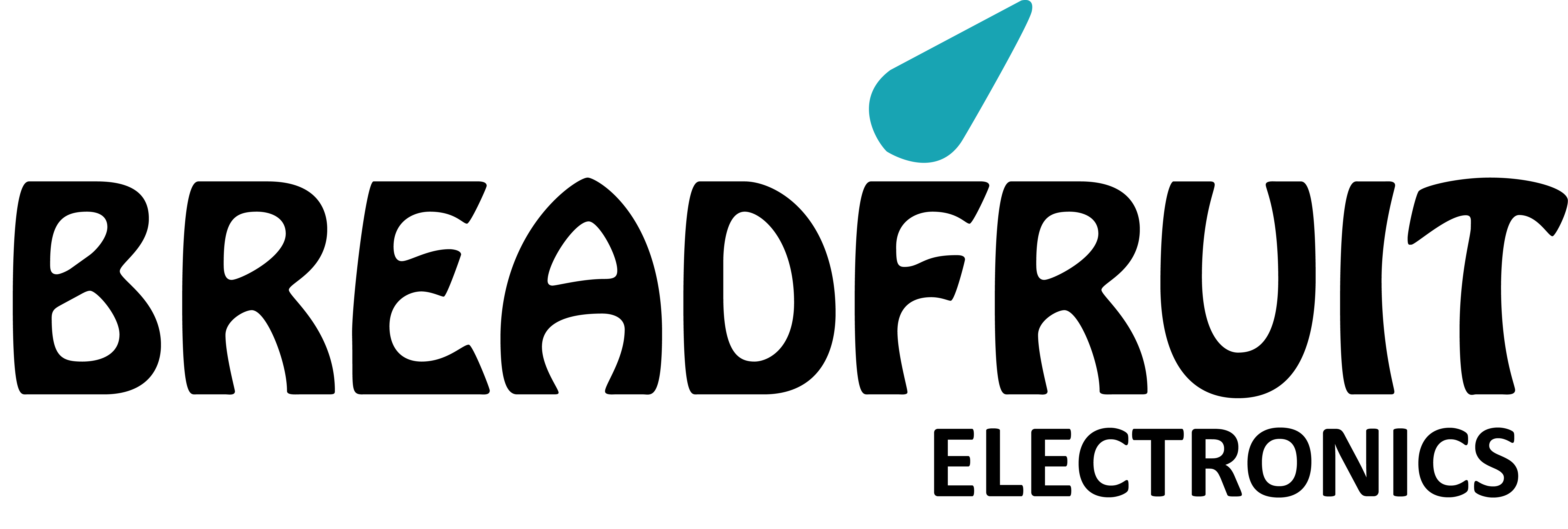
Mastering Trading Crypto Indicators for Better Investment Decisions
In the fast-paced world of cryptocurrency trading, having the right tools at your disposal can make all the difference. Among these tools, trading crypto indicators are paramount for deciphering market trends and improving your entry and exit strategies. In this article, we will explore various types of indicators, how to use them effectively, and the best practices for integrating them into your trading routine. If you want to gain a deeper understanding, Trading Crypto Indicators click here to access further insights into this topic.
Understanding Trading Crypto Indicators
Trading indicators are statistical calculations based on price, volume, or open interest of a security. Traders use these indicators to predict future market behavior and make informed decisions. For cryptocurrency trading, which is often volatile and unpredictable, these indicators become even more critical.
Types of Trading Crypto Indicators
There are several types of trading crypto indicators, each serving a unique purpose. The following are some of the most commonly used categories:
1. Trend Indicators
Trend indicators help traders identify the direction of the market. Moving Averages (MA), for example, smooth out price data to create a single flowing line, which makes it easier to identify the direction of the trend. Traders often use a combination of short-term and long-term moving averages to confirm trends.
2. Momentum Indicators
Momentum indicators measure the speed of price changes and can indicate the strength of a trend. The Relative Strength Index (RSI) is one of the most popular momentum indicators. It ranges from 0 to 100 and is used to identify overbought or oversold conditions, helping traders make decisions about potential reversals.
3. Volatility Indicators
These indicators help gauge market fluctuations. The Bollinger Bands, for instance, consist of a middle band (a simple moving average) and two outer bands that represent volatility. When prices approach the outer bands, it suggests an increase in volatility and may signal a reversal point.
4. Volume Indicators

Volume indicators analyze the number of units traded over a specific timeframe. A surge in volume often precedes significant market moves. The On-Balance Volume (OBV) indicator is one such volume-based tool that uses price changes and volume to measure the flow of money in and out of a cryptocurrency.
How to Use Trading Crypto Indicators
While trading crypto indicators can provide vital insights, their effectiveness largely depends on how traders use them. Here are some strategies for utilizing these indicators to your advantage:
1. Combine Indicators
Relying on a single indicator can lead to unreliable signals. Combining multiple indicators can help confirm trends or reversals. For example, if both the RSI and several moving averages indicate overbought conditions, it reinforces the likelihood of a price correction.
2. Pay Attention to Market Context
Indicators can produce false signals if not interpreted in the correct market context. Economic news, market sentiment, and other variables can affect price movements. Always consider external factors when making trading decisions based on indicators.
3. Backtest Strategies
Before implementing any trading strategy using indicators, backtesting allows you to evaluate how your strategy would have performed in the past. This crucial step can help refine your approach and increase confidence in your trading decisions.
Choosing the Right Trading Crypto Indicators
With countless indicators available, it’s essential to choose ones that align with your trading style and goals. Here are some considerations for selecting the right indicators:
1. Your Trading Style

Day traders may prioritize separate indicators focusing on short-term price movements, while long-term investors might favor indicators that highlight long-term trends. Aligning your indicators with your trading timeline is crucial.
2. Market Conditions
Some indicators perform better in trending markets, while others are more effective in ranging markets. Be mindful of the current market conditions when selecting your indicators to improve the accuracy of your analyses.
Best Practices for Using Trading Crypto Indicators
To maximize the utility of trading crypto indicators, consider adopting the following best practices:
1. Keep It Simple
Avoid overloading your charts with too many indicators, as this can lead to confusion. Stick to a few indicators that you are thorough with and that complement each other.
2. Continuous Learning
The cryptocurrency market is continually evolving, and so are the tools available for trading. Stay updated on the latest developments in trading indicators through continuing education, courses, and trading communities.
3. Emotion Management
It’s essential to remain objective while trading. Relying heavily on indicators does not mean ignoring your instincts, as emotional decision-making can often lead to losses. Strive for a balanced approach where trading decisions are guided by analysis rather than emotion.
Conclusion
Trading crypto indicators are vital tools for traders seeking to navigate the complexities of the cryptocurrency market. By understanding the various types of indicators, their applications, and best practices, traders can significantly enhance their decision-making processes. Remember, however, that no indicator guarantees success. Consistent learning and adapting to market changes are crucial for achieving long-term success in trading.
